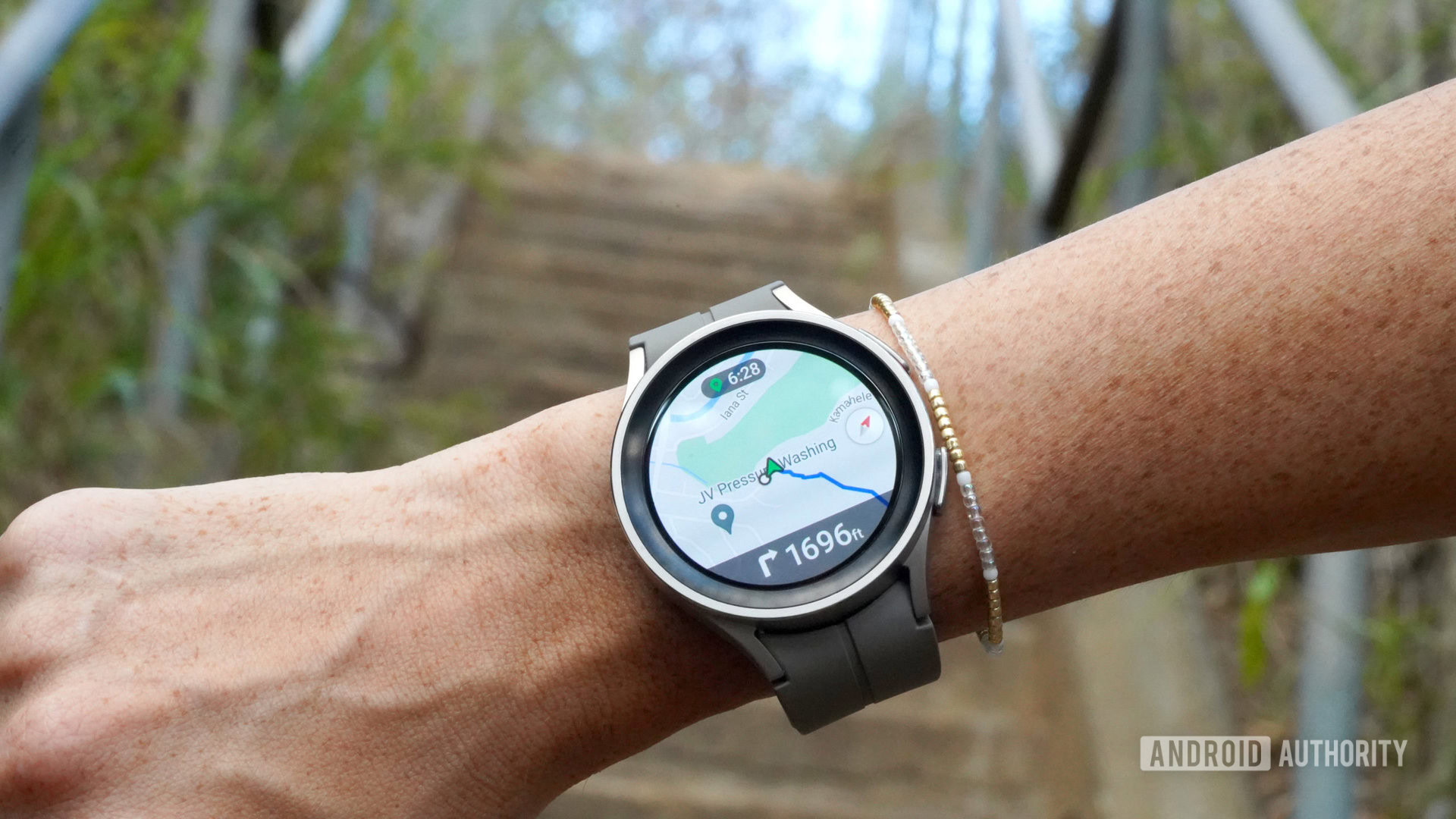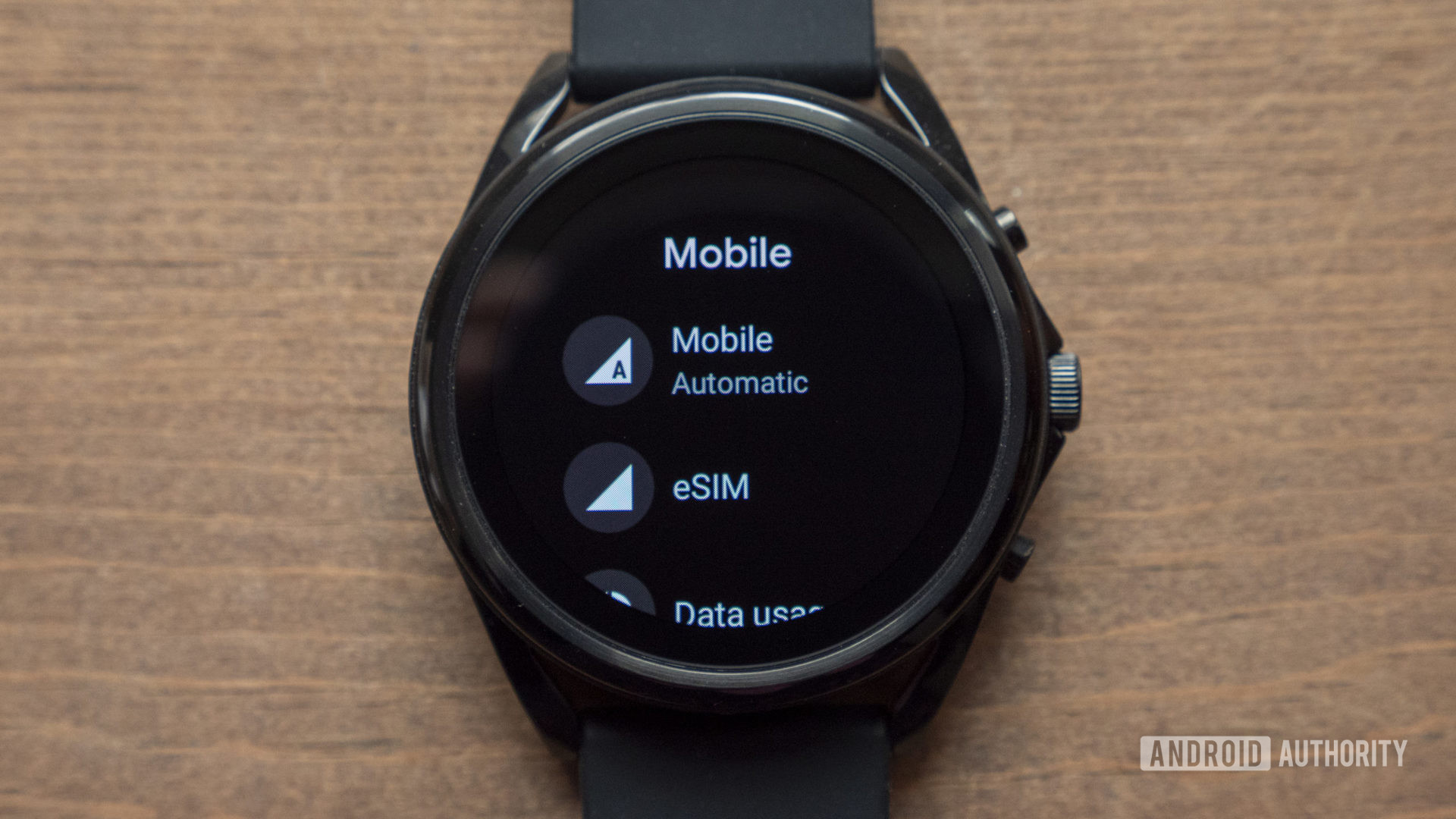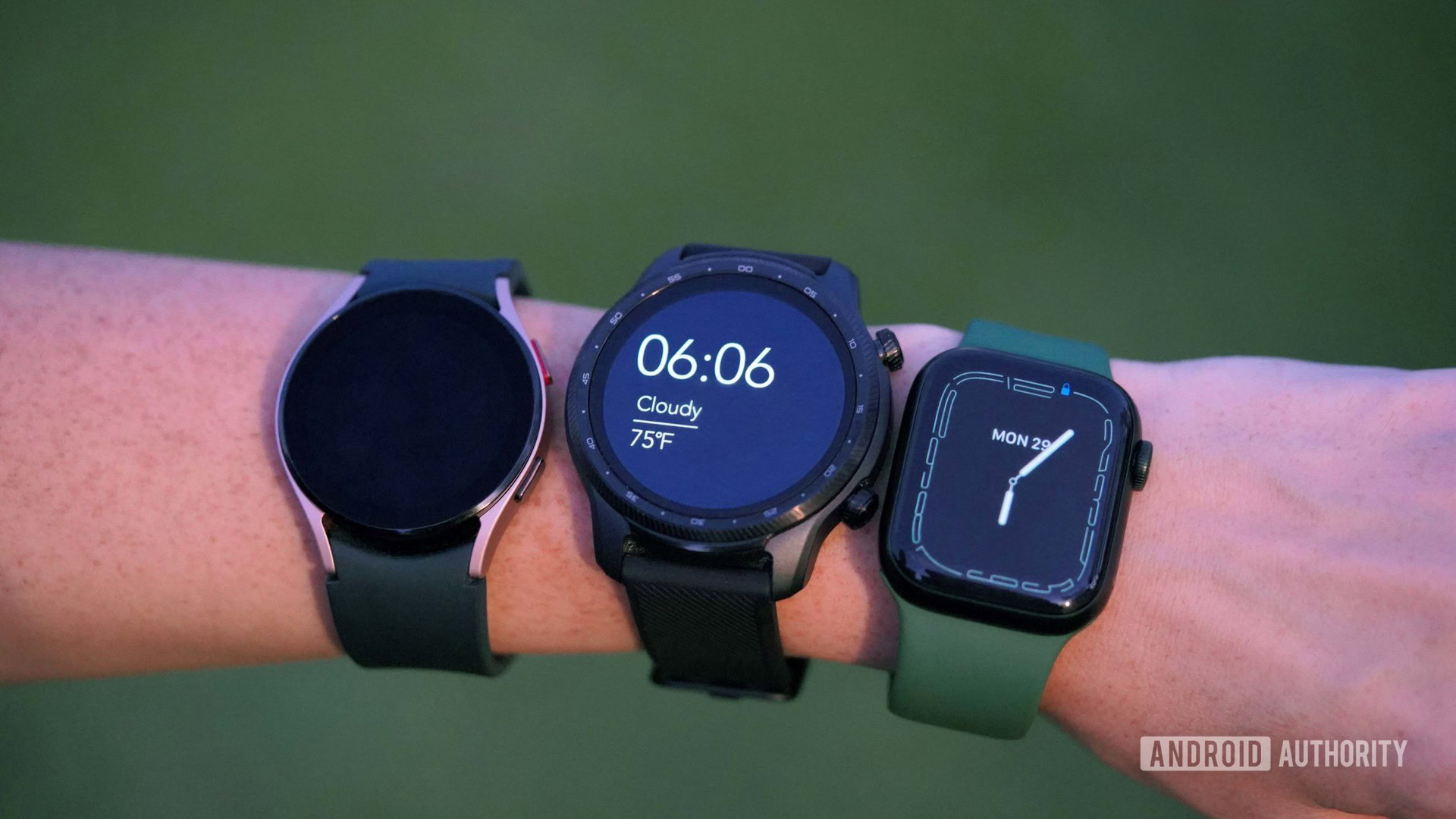Carriers Should Stop Charging Extra For Using Smartwatch Data
Tech makers may hate to admit it, but one of the main advantages of a smartwatch — or at least a fitness tracker like a wristwatch — is the ability to disconnect from your phone. With all kinds of wearables, you don't have to take your phone out of your pocket as often, eliminating cheating and other distractions. The watch allows you to take actions without interrupting or even slowing down the conversation.
Some watches even go a step further in their mobile versions and make you forget about your phone for hours. Examples include everything from the Samsung Galaxy Watch 5 to rugged sports products like the Apple Watch Ultra and the Garmin Forerunner 945 LTE.
Many carriers expect you to pay monthly for calls and data on the wearable, but don't factor in the upfront cost of the watch. For example, T-Mobile charges US$10 or more for unlimited data. Canadian airlines Rogers and Telus charge C$10 per month. French operator Bouygues Telecom charges €2 per month for an additional data-only SIM card that does not allow calls.
It's time for all those payments to stop - there's no point going to 2023.
Pay to enable mobile capabilities on wearables?
1357 votes
Basically wrong

Caitlin Cimino / Android Authority
The point should be clear: if I use data or make a call on my smartwatch, I'm not doing it on my phone and vice versa. In essence, we are billed for the privilege of owning the additional device, not the additional bandwidth.
Smartwatches are a replacement for our cell phones, not a source of additional consumption.
Carriers may claim that even when you're at home or in the gym locker room, your phone still uses a separate, passive stream of cellular traffic. It can be connected to WiFi in both places, but in this case all mobile data is filtered. Even if it wasn't true, I wouldn't do anything drastic like streaming Spotify or updating the OS on a device I don't have with me.
In other words, it does not mean that there is a second phone line. It makes sense to need a full cellular plan (calls, texts and data) for smartwatch service, but I think most people would agree that their wearable data is an extension of that plan when using their phone .
See also: How to choose a smart watch
Mobile access means more security
One of the reasons I'm writing this post is to keep in mind Apple's "Far" press conference. The company spends a lot of time talking about its safety technologies, including collision detection, satellite SOS on the iPhone 14 series, and the rescue siren on the Apple Watch Ultra. A long video montage focusing on how the existing Watch feature saves lives.
Even companies like Google and Samsung are boasting technologies like SOS notifications, highlighting another reason to cut extra mobile phone bills. This means that if we can communicate anytime and anywhere, we are certainly safer.
The best security is the ability to call for help at any time.
Mobile watches, including the Galaxy Watch, often offer free emergency calls or text messages. The problem is that these variants are usually bare bones. You can call a service like 911 or send a few messages to an emergency contact and that's it. Say you can't call your partner if someone seems to be following you, or text a friend to take you home if you're drunk.
High costs often prevent people from buying a mobile phone model in the first place. If operators and device manufacturers are going to prove that they take security seriously, they need to find ways to make wearables more accessible to everyone. In addition to lower monthly fees, this could mean adding a mobile device to each model and/or expanding features that don't require a carrier plan.
Related: Best Emergency Apps for Android
Nickel and tarnish tend to affect overall sales

Jimmy Westenberg / Android Authority
From an industry perspective, imagine that sellers will sell more smartwatches if buyers don't have to worry about paying ongoing fees later — whether they're selling for a higher price or not. This cost is sometimes negligible, but in North America it hits at least a little.
Let's say you're looking at a watch with Verizon that charges $10 a month (plus taxes and other fees) on a bundled plan. The three-year service extension adds more than $360 to what you paid for the device. While the handset is great for security and sports, many people (myself included) are willing to play with the Wi-Fi/Bluetooth model to save that kind of money.
Free smartwatch plans may attract offers from other providers.
Operators, of course, are less interested in selling units than in improving ongoing subscription revenue, which is why they offer so many "free" calls to customers. Free smartwatch plans can be attractive to major carrier offerings and even inevitable given competitive pressures. In fact, long distance calls are no longer expensive, and all major US carriers now offer unlimited calling plans.
Can we expect smartwatch designs to improve?

Caitlin Cimino / Android Authority
In the short term, I expect carriers to curb smartwatch payments with teeth. This is one of the easiest sources of stable income. Whether the experience is forward-looking or not, operators are happy to pay if they can get people to pay.
All it takes is one carrier offering a free smartwatch bundle bonus to spark the competition.
I'm optimistic about the long term, but that's why the public needs reassurance. Consumers are always looking for ways to save money, and in many emergencies, the value of smartwatch data plans is small. In addition to replacing phones, smartwatches sacrifice many features and interfaces for wearables. People who have them will continue to pull out their phones regularly to get things done faster.






